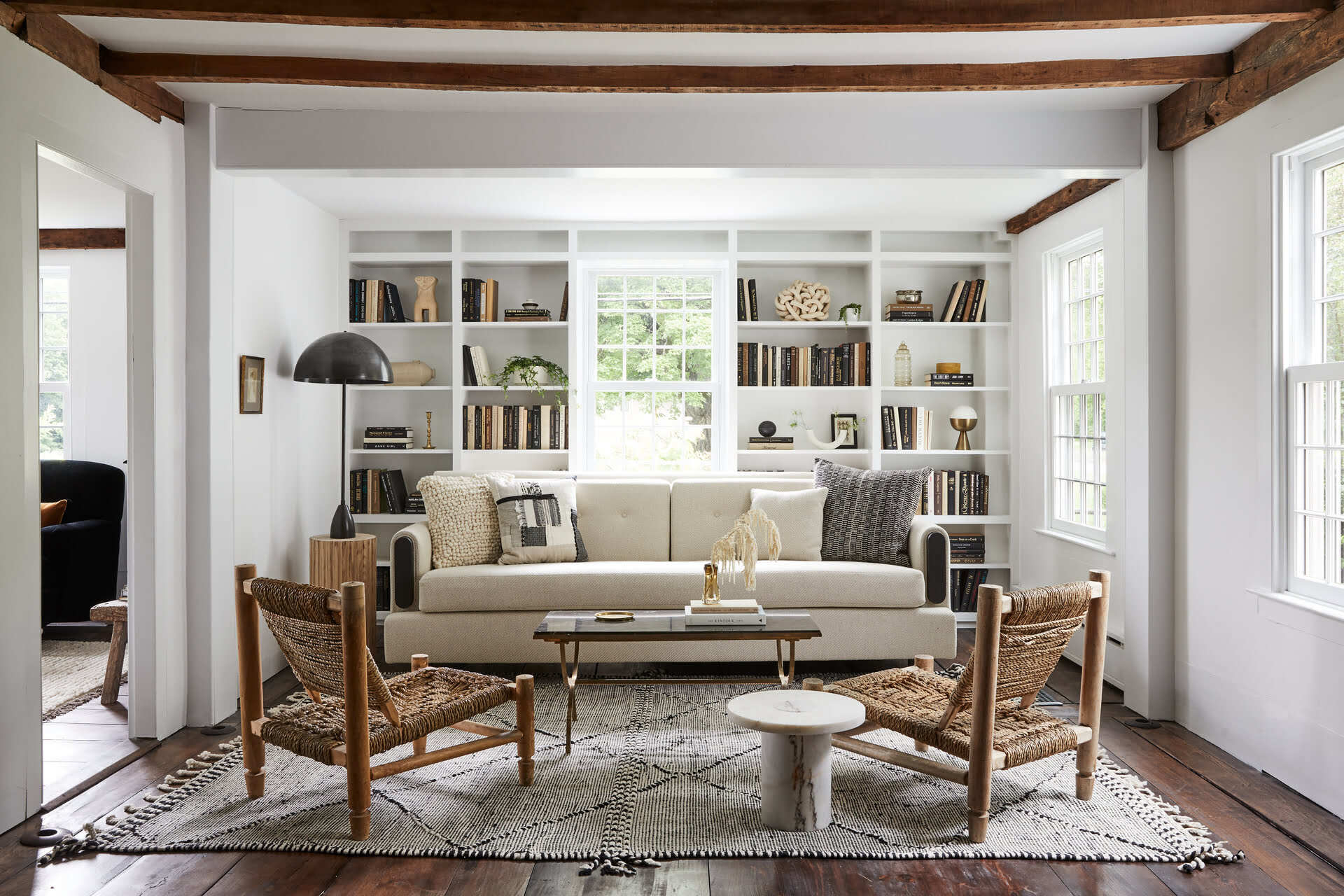

Articles
How To Choose A Living Room Rug
Modified: January 18, 2024
Discover helpful articles on how to choose the perfect rug for your living room. Gain insights and tips to elevate your interior design effortlessly.
(Many of the links in this article redirect to a specific reviewed product. Your purchase of these products through affiliate links helps to generate commission for Storables.com, at no extra cost. Learn more)
Introduction
Choosing the right rug for your living room can be a daunting task. With so many different sizes, shapes, materials, colors, and patterns to choose from, it’s easy to feel overwhelmed. However, with a little guidance, you can find the perfect rug that not only enhances the overall aesthetic of your living room but also adds warmth and comfort to your space.
In this article, we will walk you through the essential factors to consider when choosing a living room rug. From the size and shape to the material and style, we will provide you with helpful tips and insights to ensure that you make an informed decision. So, let’s dive in!
Key Takeaways:
- Choosing the right living room rug involves considering size, shape, material, color, and style to create a balanced and visually appealing space that reflects your personal taste and enhances comfort.
- Setting a budget, assessing maintenance needs, and prioritizing durability and safety features are crucial steps in selecting a living room rug that not only looks great but also withstands the test of time and daily use.
Read more: How To Choose Rug Color For A Living Room
Consider the Size of Your Living Room
One of the first things you should consider when choosing a living room rug is the size of your space. The size of the rug will greatly impact the overall look and feel of the room. Too small of a rug might get lost in the space, while a rug that is too large can overwhelm the room and make it feel cramped.
To determine the appropriate size for your living room rug, start by measuring the area where you want the rug to be placed. Consider the layout and furniture placement in the room. If you have a smaller living room, a rug that is too large can make the space feel smaller. On the other hand, a larger living room can handle a bigger rug.
As a general rule of thumb, you should aim to have all of your furniture at least partially on the rug. This creates a cohesive and visually appealing look. If you have a sectional sofa, make sure that all sections of the sofa are on the rug.
If you have a large living room, you can also consider using multiple rugs to define different areas or zones within the space. For example, you could use a larger rug to anchor the seating area and a smaller rug in a different pattern or color to define a reading nook or an accent chair.
Ultimately, the key is to find a rug that is proportionate to your living room and creates a balanced and harmonious look. Take into account the size and scale of your furniture, the layout of the room, and your personal preferences to find the perfect size for your living room rug.
Determine the Shape of the Rug
Once you have considered the size of your living room, the next step is to determine the shape of the rug. The shape of the rug can greatly impact the overall aesthetics and functionality of the space.
Rectangular rugs are the most common shape and are versatile enough to work well in most living rooms. They can be placed in front of the sofa or under the coffee table to anchor the seating area. Rectangular rugs also work well in open-concept living rooms, where they can define the living space within a larger area.
If you have a round or oval-shaped living room or if you want to add some visual interest and break up the square angles of the furniture, consider a round or oval rug. These shapes can soften the overall look of the room and create a more inviting and cozy space.
Square rugs are another option to consider, especially if you have a square-shaped living room. They can complement the square angles of the furniture and create a sense of symmetry and balance. Square rugs can also be used in larger living rooms to define specific areas or zones.
Irregularly shaped rugs, such as cowhide or sheepskin rugs, can add a touch of uniqueness and personality to your living room. These rugs can be used as accent pieces or layered over a larger rug to add texture and visual interest.
When determining the shape of the rug, consider the shape of your living room, the arrangement of furniture, and your personal style preferences. Remember, the rug shape should complement the overall design of the room and create a cohesive and visually pleasing look.
Select the Material and Texture
The material and texture of your living room rug play a crucial role in both its visual appeal and its durability. Different materials offer different benefits and characteristics, so it’s important to choose one that suits your lifestyle and aesthetic preferences.
One popular choice for living room rugs is wool. Wool rugs are soft, durable, and naturally stain-resistant, making them a practical option for high-traffic areas. They also have a luxurious feel and can add warmth and coziness to your living room. However, keep in mind that wool rugs may require more maintenance, such as regular vacuuming and occasional professional cleaning.
If you’re looking for a more affordable option, synthetic materials like nylon or polyester can be a great choice. They are easy to clean and come in a variety of colors and patterns. However, keep in mind that they may not be as durable as natural fibers and can show signs of wear over time.
For a luxurious and elegant look, consider silk rugs. Silk rugs are known for their smooth texture and luminous sheen. They can add a touch of sophistication to your living room, but they require delicate care and may not be suitable for high-traffic areas.
If you prefer a more natural and eco-friendly option, consider sisal or jute rugs. These rugs are made from natural fibers and have a rustic and earthy appeal. They add texture and warmth to your living room and are great for creating a cozy and organic atmosphere. However, keep in mind that they may not be as soft or plush as other materials.
In terms of texture, you can choose between a low-pile or high-pile rug. A low-pile rug has a flatter surface and is easier to clean, making it a practical choice for families with children or pets. On the other hand, a high-pile rug has longer fibers and offers a softer and more luxurious feel. It can add warmth and comfort to your living room but may require more maintenance to keep it looking its best.
When selecting the material and texture of your living room rug, consider factors such as durability, maintenance requirements, comfort, and your personal style preferences. By choosing the right material and texture, you can ensure that your living room rug not only looks great but also stands the test of time.
Choose the Right Color and Pattern
The color and pattern of your living room rug can greatly impact the overall look and feel of the space. It’s important to choose colors and patterns that complement your existing décor and create a cohesive and visually pleasing aesthetic.
When it comes to color, you have several options. A neutral-colored rug, such as beige, gray, or cream, can provide a versatile and timeless base for your living room. It can easily blend with different furniture styles and wall colors, allowing you to change the room’s accessories and accents without having to replace the rug.
If you want to add a pop of color or create a focal point in your living room, consider a rug in a bold or vibrant color. This can be a great way to inject personality and energy into the space. Just be sure to choose a color that complements the overall color scheme and doesn’t clash with the other elements in the room.
In addition to color, you can also play with patterns and prints. A patterned rug can add visual interest and texture to your living room. Consider the scale of the pattern and how it will complement or contrast with your furniture and other decorative elements. Remember to strike a balance between patterns, so the rug doesn’t overpower the rest of the room.
If you already have a lot of patterns in your living room, such as patterned furniture or bold wallpaper, you may want to opt for a solid-colored rug to create a sense of balance and harmony. On the other hand, if your living room has mostly solid-colored furniture and walls, a patterned rug can be a great way to infuse some visual excitement and create a focal point.
Ultimately, the color and pattern of your rug should reflect your personal style and complement the overall design of your living room. Take into consideration the existing color scheme, the style of your furniture, and the atmosphere you want to create. By choosing the right color and pattern, your living room rug can become a beautiful and impactful addition to your space.
Read more: How To Choose A Rug Size For Living Room
Pick the Rug Style That Matches Your Décor
The style of your living room rug plays a significant role in tying together the overall aesthetic of the space. Whether your décor style is traditional, modern, bohemian, or eclectic, choosing a rug that matches your décor can create a cohesive and harmonious look. Here are some popular rug styles to consider:
- Traditional: If your living room has a classic and elegant vibe, opt for a traditional rug style. Look for rugs with intricate patterns, floral motifs, or oriental designs. Persian or Turkish rugs are excellent choices for traditional décor styles.
- Modern: For a sleek and contemporary living room, choose a rug with clean lines and minimalist designs. Geometric patterns, abstract designs, or solid-colored rugs in bold hues can complement modern furniture and décor.
- Bohemian: If you gravitate towards a bohemian or eclectic style, embrace rugs with vibrant colors, tribal patterns, or distressed finishes. Kilim rugs or Moroccan rugs are popular choices for bohemian-inspired living rooms.
- Coastal: To achieve a coastal or beachy aesthetic, consider rugs in soft hues of blue, green, or sand. Natural fiber rugs like jute or seagrass can add a relaxed and beachy vibe to your living room.
- Transitional: Transitional style combines elements of traditional and modern design. Look for rugs that bridge the gap between classic and contemporary, such as rugs with subtle patterns, neutral colors, or textured finishes.
When selecting a rug style, consider the other elements in your living room, such as furniture, wall colors, and accessories. Aim to find a rug that complements and enhances the existing décor while adding a touch of personality and style.
Don’t be afraid to mix and match styles if you have an eclectic taste. Combining different rug styles can create a unique and visually exciting look. Just remember to maintain a sense of balance and cohesion by considering the color palette and overall aesthetic of your living room.
By picking a rug style that matches your décor, you can create a cohesive and visually pleasing living room that reflects your personal style and taste.
When choosing a living room rug, consider the size of the room and the furniture arrangement. A larger rug can help define the space and make the room feel more cohesive.
Set a Budget
When it comes to choosing a living room rug, setting a budget is an important step to ensure that you make a purchase you’re comfortable with. Rugs come in a wide range of prices, so determining your budget early on can help you narrow down your options and prevent overspending.
Consider how much you are willing to spend on a rug and stick to that budget. Keep in mind that while high-quality rugs may come with a higher price tag, they are often more durable and long-lasting. If you have a limited budget, you can still find affordable options that offer both style and functionality.
It’s also worth considering the lifespan of the rug when setting your budget. If you’re looking for a rug that will last for many years, investing in a higher-end rug may be a wise choice. However, if you’re planning to change your living room décor frequently, you may opt for a more budget-friendly rug that can be easily replaced without breaking the bank.
To get the best value for your money, look for sales and discounts offered by retailers. Additionally, consider shopping online, as it can often provide more competitive prices compared to physical stores. Just be sure to read customer reviews and check the return policy before making a purchase online.
When setting a budget, also consider additional costs, such as rug padding or maintenance. Rug padding can extend the life of your rug and provide extra cushioning, but it does come at an additional cost. Additionally, some rugs may require professional cleaning or maintenance, so factor in those expenses as well.
Ultimately, setting a budget helps you make an informed decision and ensures that you find a rug that not only meets your style preferences but also aligns with your financial capabilities. Remember to balance your budget with the quality and longevity of the rug to find the best option for your living room.
Assess Maintenance and Cleaning Requirements
Before finalizing your decision on a living room rug, it’s important to consider the maintenance and cleaning requirements associated with it. Different rugs have different upkeep needs, and understanding these requirements will help you make an informed choice that fits your lifestyle and routine.
Some rugs are more high-maintenance and require regular upkeep to keep them looking their best. For example, rugs made of natural fibers like jute or sisal may require vacuuming and occasional spot cleaning to remove dirt and stains. They may also require periodic rotation to prevent uneven wear.
On the other hand, synthetic rugs like nylon or polyester are generally easier to maintain. They are often stain-resistant and can be cleaned with regular vacuuming and occasional spot cleaning. However, keep in mind that synthetic rugs may not have the same level of durability and longevity as natural fiber rugs.
If you have allergies or sensitivities, consider rugs that are hypoallergenic and resistant to dust mites. Wool rugs, for example, have natural hypoallergenic properties and can help improve indoor air quality. They also have the added benefit of being naturally flame-resistant.
Additionally, consider the cleaning method required for your chosen rug. Some rugs can be cleaned at home using a vacuum, while others may require professional deep cleaning. This will be crucial to maintaining the appearance and longevity of the rug.
Before purchasing a rug, research the recommended cleaning methods and determine if they align with your cleaning routine and budget. Find out if the rug can be easily spot cleaned or if it requires special maintenance. Knowing what is involved in caring for the rug will help you make an informed decision and ensure that you are prepared to properly maintain it.
Remember, regular maintenance and cleaning will not only keep your living room rug looking its best, but it will also help extend its lifespan, ensuring that you enjoy it for years to come.
Consider the Rug’s Durability
When choosing a living room rug, it’s important to consider its durability. The durability of a rug is a key factor in determining how well it can withstand the wear and tear of daily use and foot traffic.
Rugs made from natural materials like wool, sisal, or jute are generally more durable and resistant to stains, fading, and crushing. Wool rugs, in particular, are known for their durability and ability to bounce back after being compressed by foot traffic.
On the other hand, rugs made from synthetic materials like nylon or polyester are often less expensive but may not offer the same level of durability and resistance to wear. They may show signs of matting or flattening over time.
In addition to the material, the construction of the rug also plays a role in its durability. Rugs with a higher density of fibers or a tighter weave tend to be more resilient and less prone to fraying or unraveling. Look for rugs with a higher knot count or a higher number of tufts per square inch.
If you have pets or children in your household, consider a rug that is pet-friendly and can withstand the inevitable spills and accidents. Look for rugs with stain-resistant properties and easy-to-clean surfaces. Additionally, rugs with a shorter pile height are often a better choice as they are less likely to trap fur or gather debris.
If your living room is a high-traffic area, it’s worth investing in a rug with a higher level of durability. Consider rugs with a thicker pile that can handle frequent use and provide better cushioning and insulation.
Lastly, don’t forget to check the rug’s warranty or return policy. Reputable rug manufacturers often provide warranty coverage for a certain period of time, protecting you against manufacturing defects or premature wear and tear.
By considering the rug’s durability, you can ensure that you choose a rug that can withstand the demands of your living room and maintain its beauty and functionality for years to come.
Read more: How To Choose A Rug For The Dining Room
Check for Grip or Non-Slip Backing
When selecting a living room rug, it’s important to consider the safety aspect of the rug, especially if you have hard flooring such as hardwood or tile. To prevent the rug from slipping or sliding, it’s essential to check for grip or non-slip backing.
A rug that doesn’t have proper grip or non-slip backing can pose a safety hazard, especially in high-traffic areas. It can cause accidents, such as slips and falls, particularly if you have children, elderly individuals, or pets in your home.
To ensure that your rug stays securely in place, look for features such as a non-slip backing or a rug pad. A non-slip backing is typically made of a rubber or latex material that adheres to the floor and prevents the rug from shifting.
If the rug you choose doesn’t come with a non-slip backing, consider investing in a rug pad. A rug pad is a cushioned underlay that adds extra grip and stability to the rug. Rug pads also provide additional comfort and can help extend the lifespan of your rug by reducing wear and tear.
When purchasing a rug pad, make sure to select one that is suitable for the type of flooring you have. There are different types of rug pads available, such as those designed for hardwood floors or carpeted surfaces.
In addition to providing safety, a rug pad can also help with the overall appearance and durability of your rug. It prevents the rug from bunching or wrinkling, ensuring that it lays flat and looks neat.
Before placing your rug in the living room, make sure to properly install the non-slip backing or rug pad, following the manufacturer’s instructions. This will help ensure that your rug stays in place and maintains its position even with regular foot traffic.
By checking for grip or non-slip backing, you can create a safer environment in your living room and prevent accidents caused by slippery rugs.
Conclusion
Choosing the right rug for your living room is an important decision that can greatly impact the overall aesthetics, comfort, and functionality of the space. By considering factors such as the size, shape, material, color, pattern, style, budget, maintenance requirements, durability, and grip or non-slip backing, you can make an informed choice that meets your needs and preferences.
Start by assessing the size of your living room and determining the appropriate rug dimensions that will enhance the space without overpowering it. Consider the shape of the rug that will complement the furniture arrangement and create visual balance.
Next, select a material and texture that suits your lifestyle, offering both durability and comfort. Choose a color and pattern that harmonizes with your existing décor or adds a statement piece to your living room. Pay attention to the rug style that aligns with your design aesthetic, whether it’s traditional, modern, bohemian, coastal, or transitional.
Setting a budget is essential to ensure that you find a rug within your financial means without compromising quality. Additionally, assess the maintenance and cleaning requirements to ensure that you can properly care for the rug over time.
Consider the rug’s durability to ensure that it can withstand the daily wear and tear, especially in high-traffic areas. Check for grip or non-slip backing to ensure the safety of your family and prevent accidents.
In conclusion, by considering these factors and making a well-informed decision, you can choose a living room rug that not only enhances the aesthetics of your space but also provides comfort, functionality, and durability. Take your time, explore different options, and trust your instincts to find the perfect rug that will create a warm and inviting atmosphere in your living room for years to come.
Frequently Asked Questions about How To Choose A Living Room Rug
Was this page helpful?
At Storables.com, we guarantee accurate and reliable information. Our content, validated by Expert Board Contributors, is crafted following stringent Editorial Policies. We're committed to providing you with well-researched, expert-backed insights for all your informational needs.
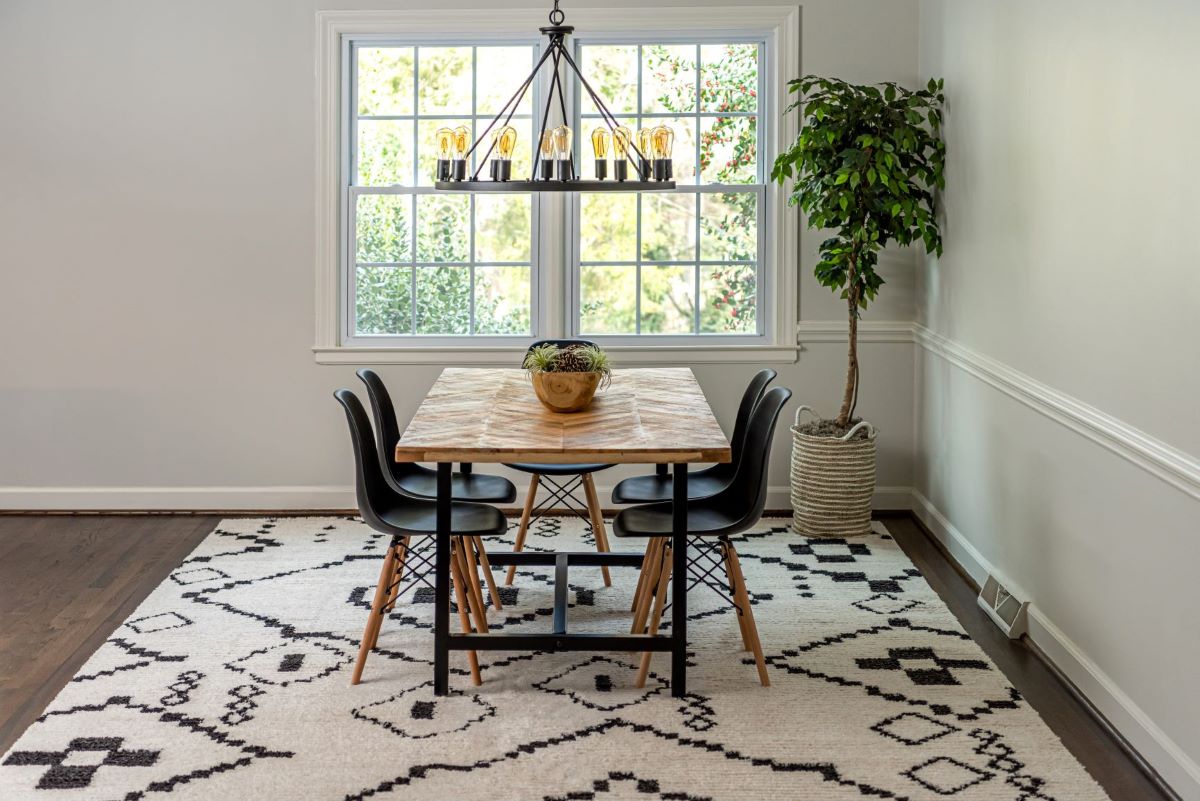
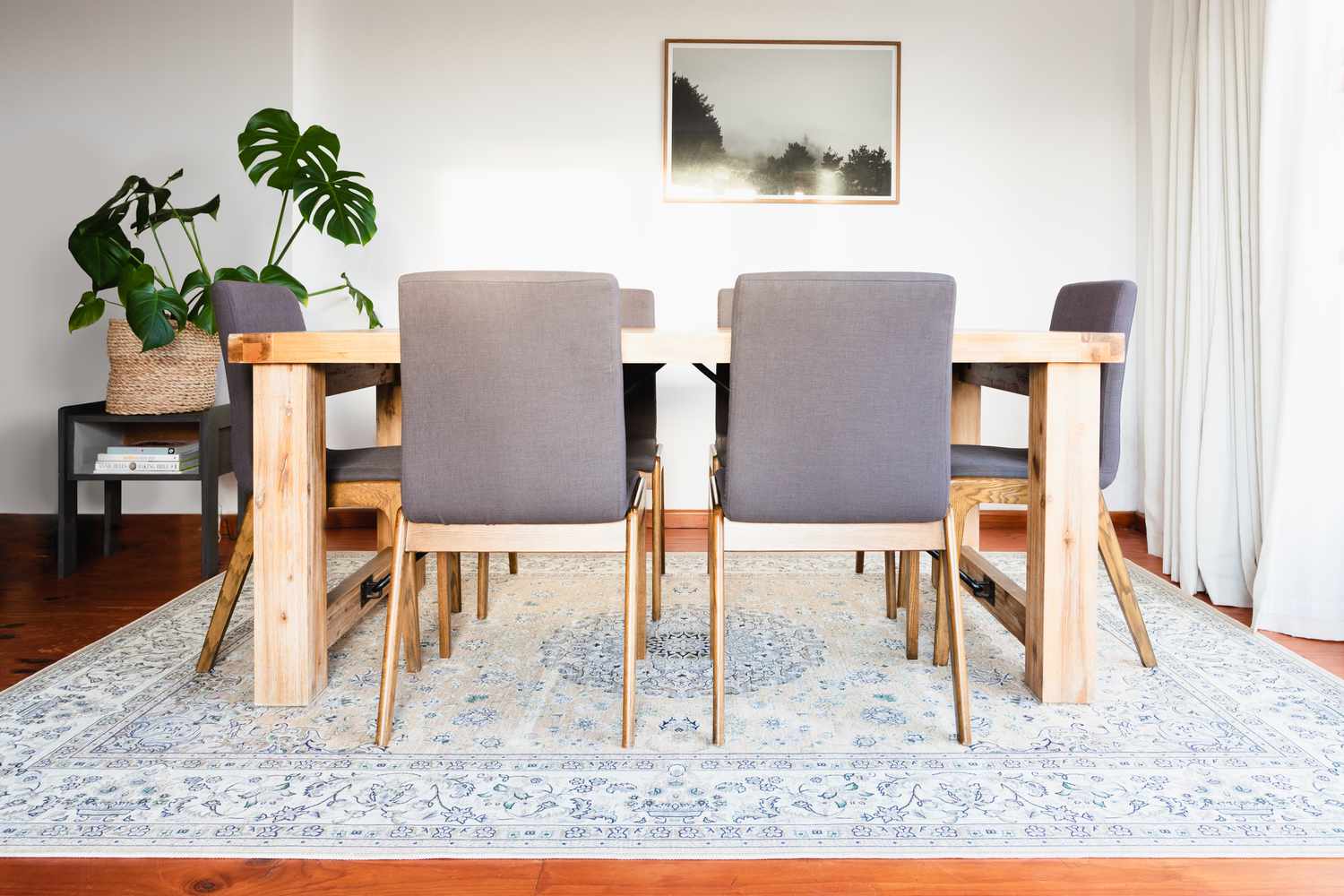
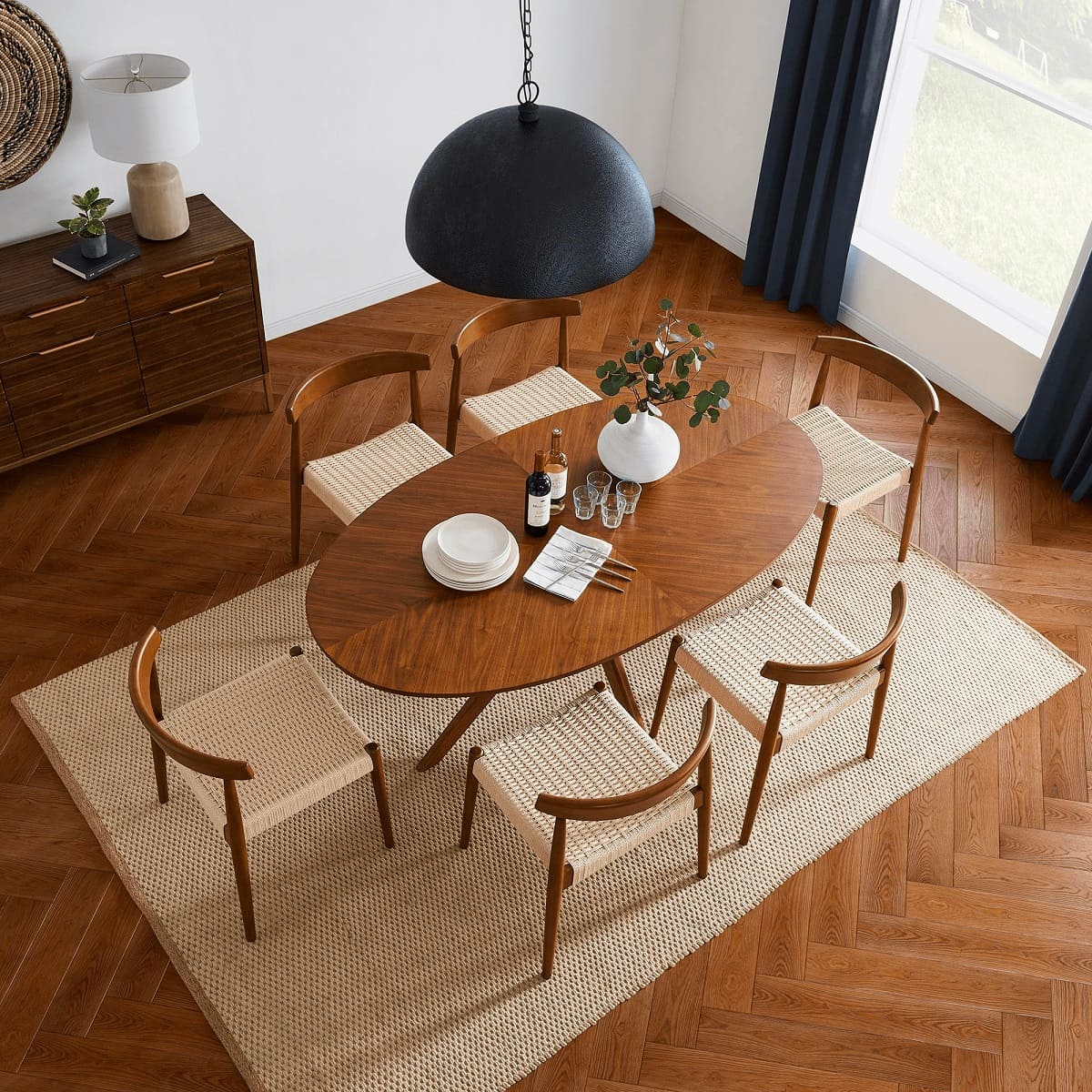
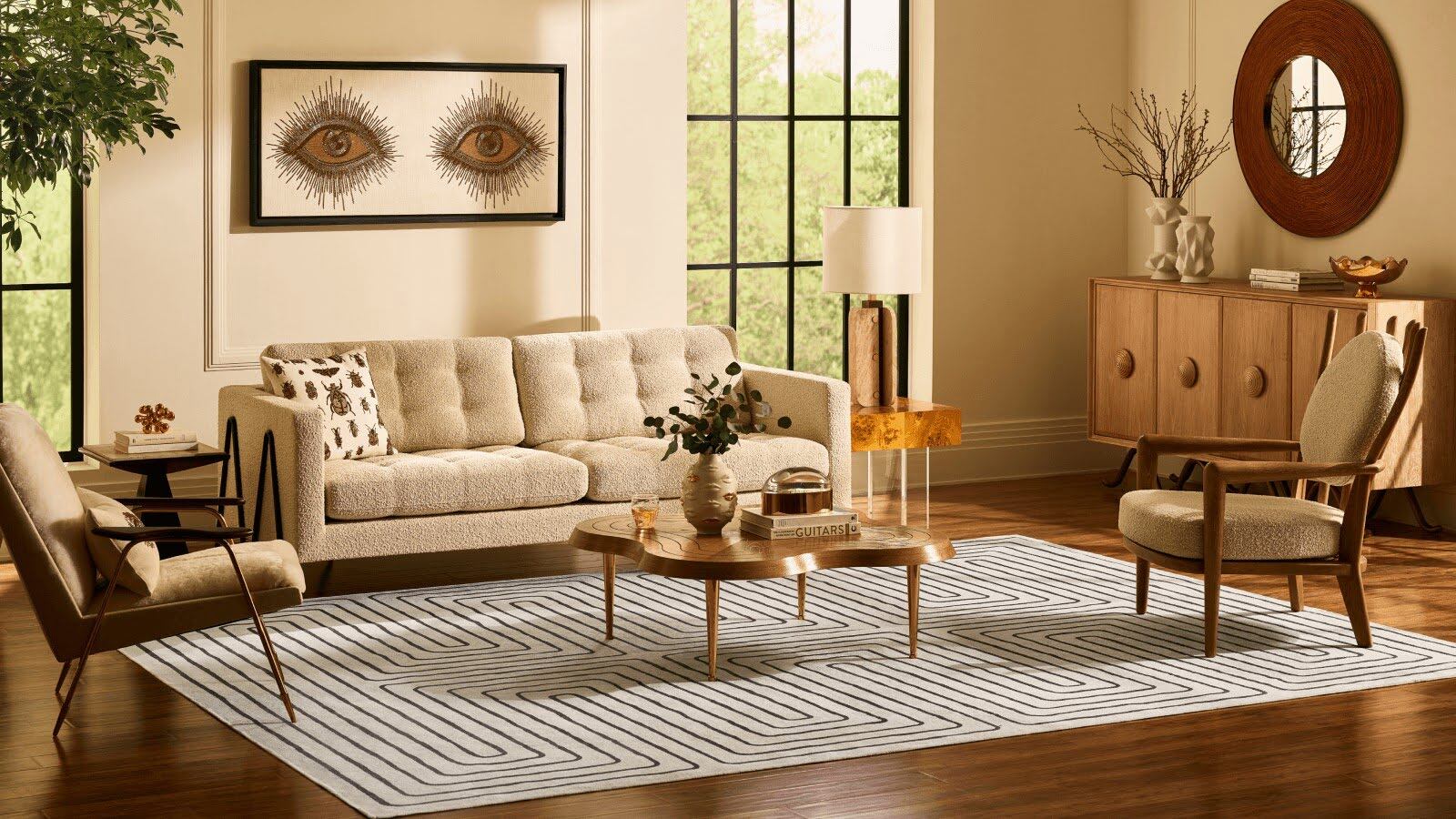
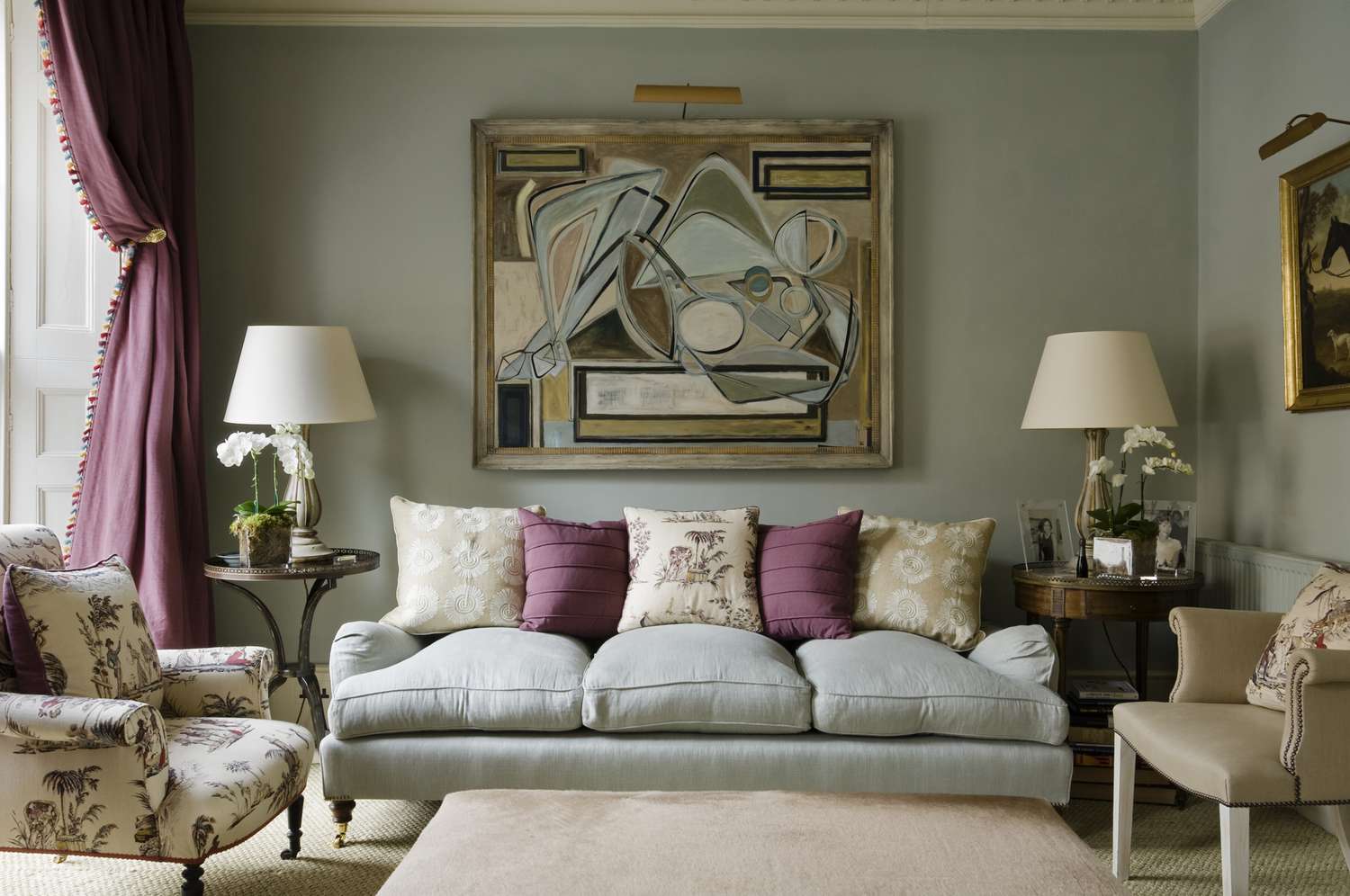
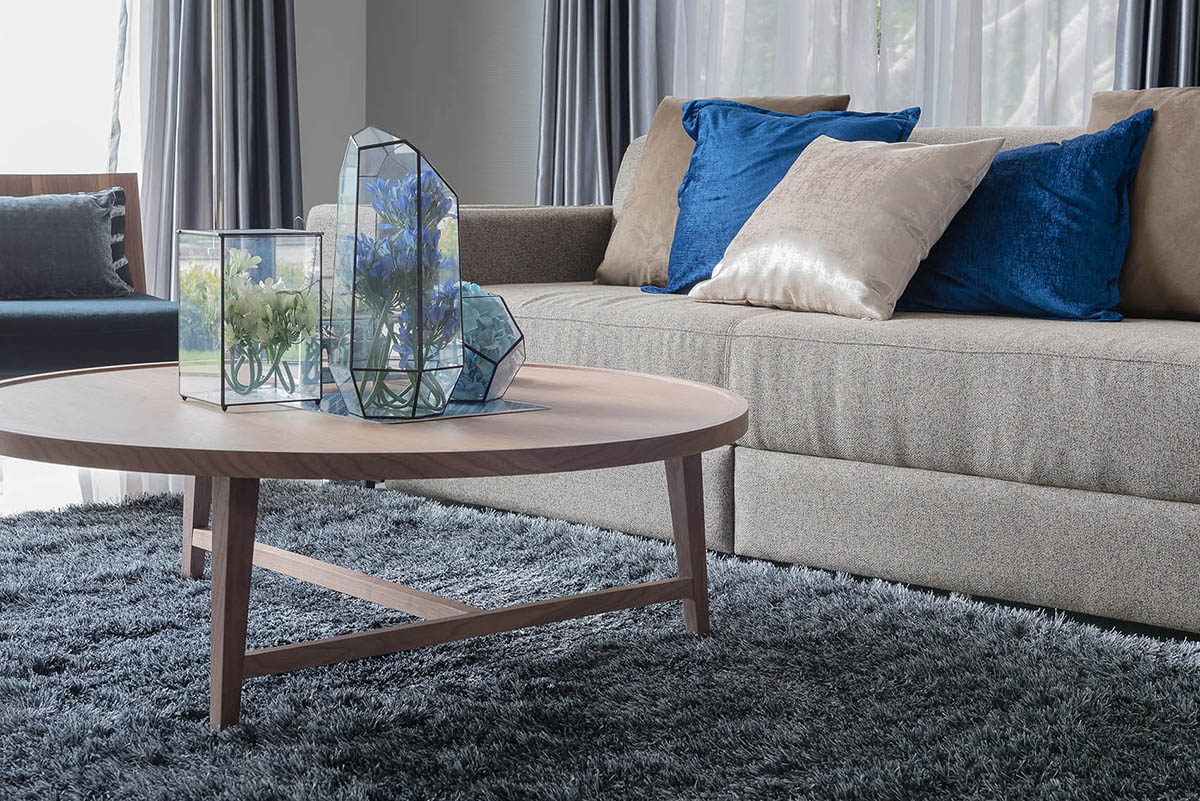

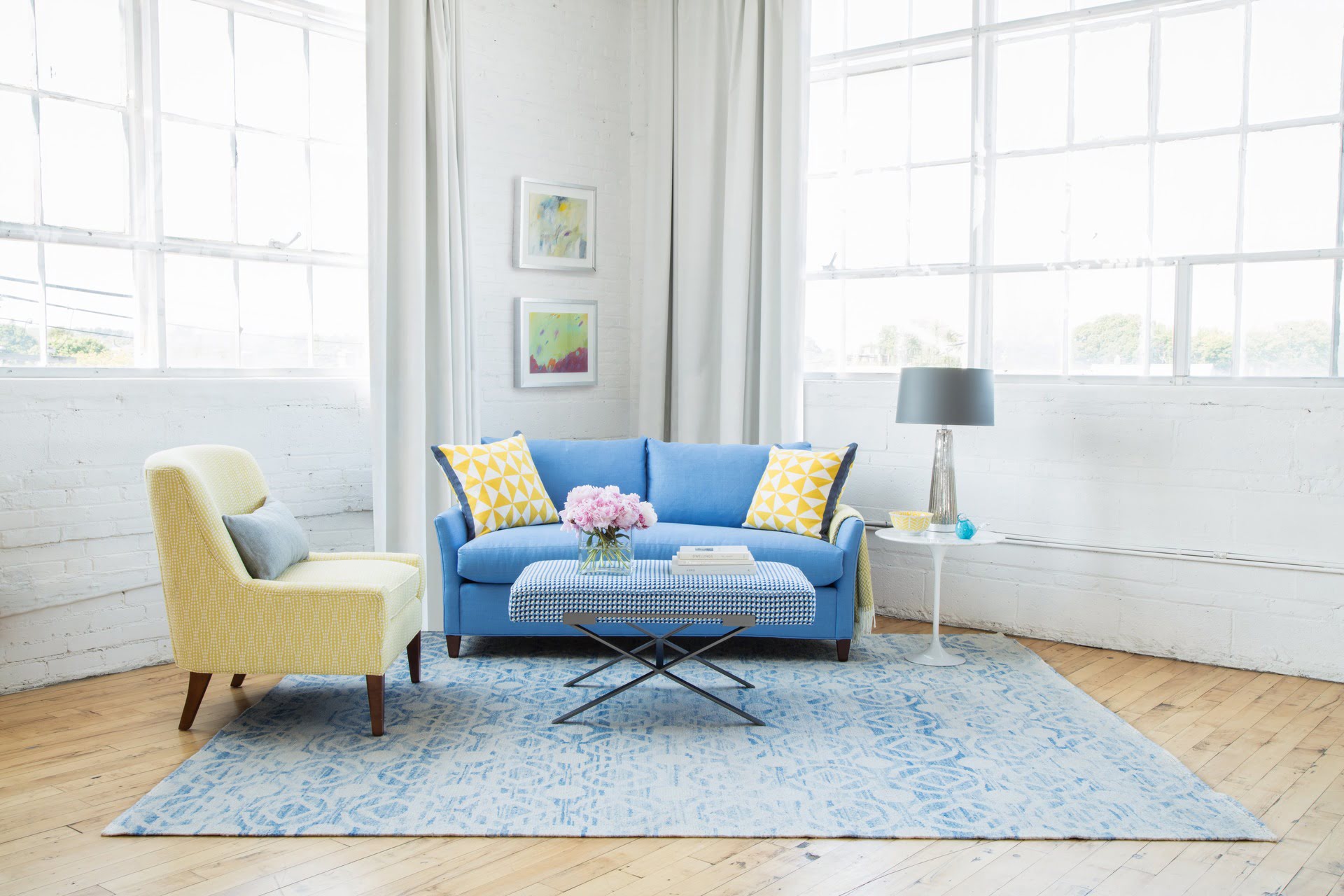
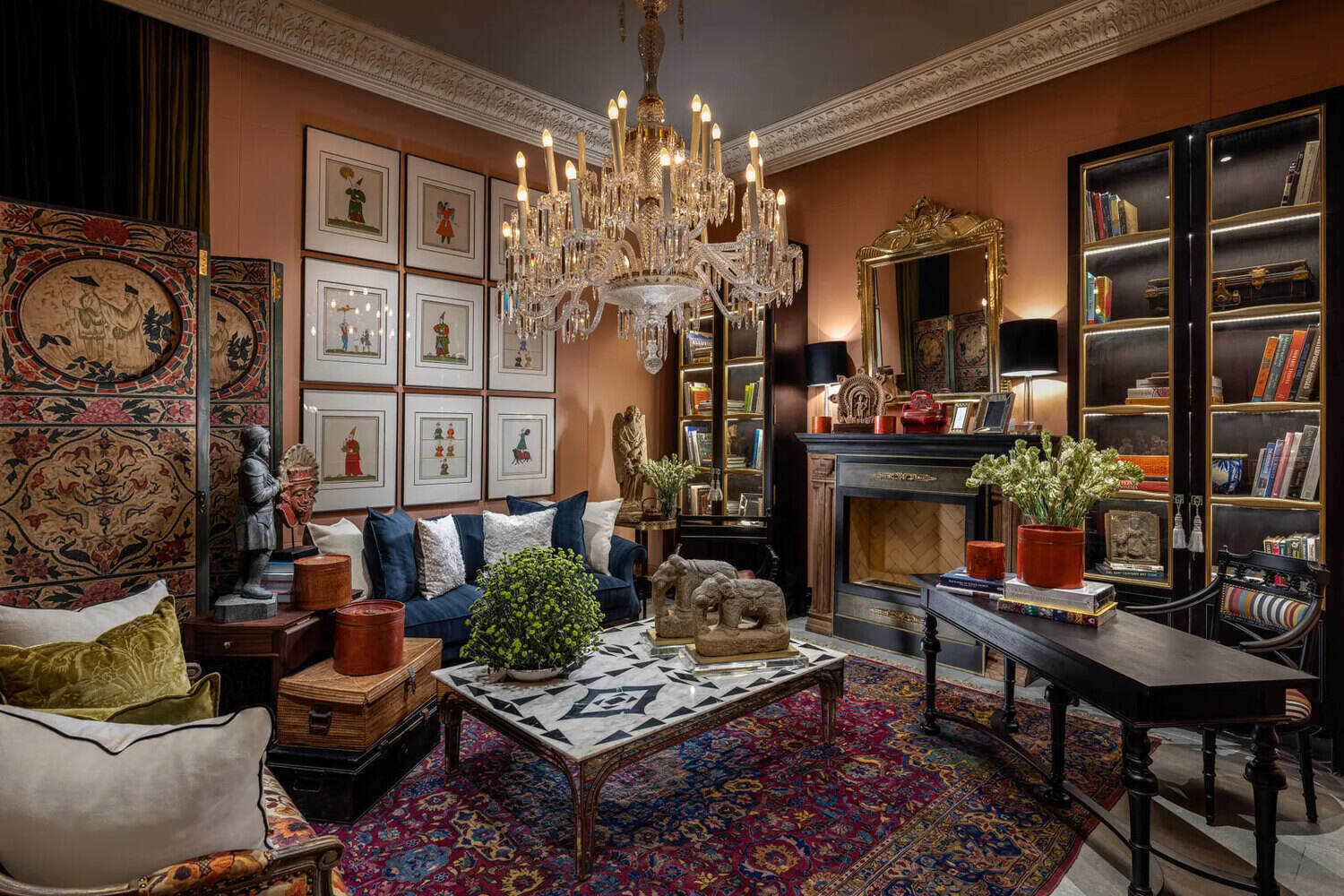
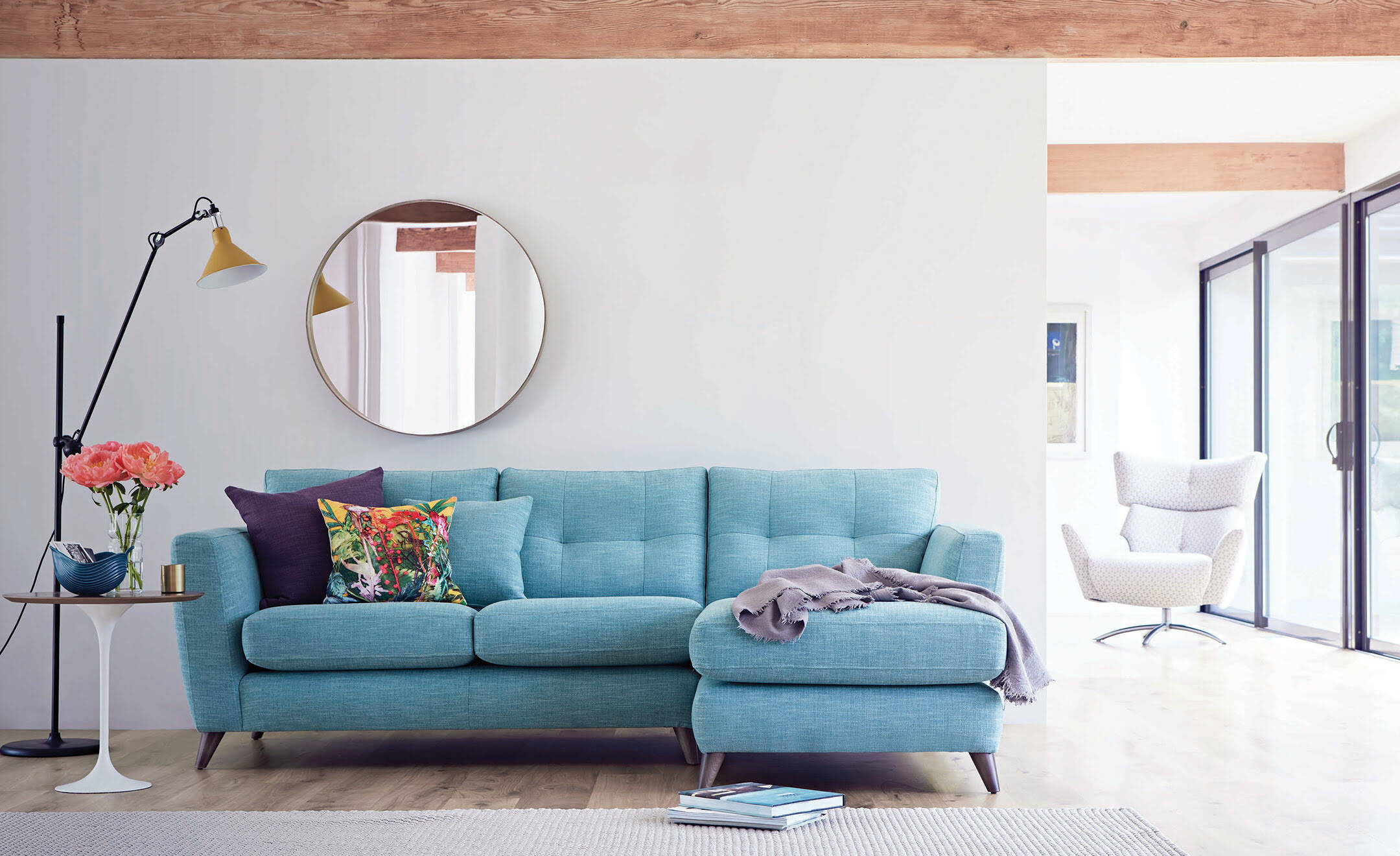
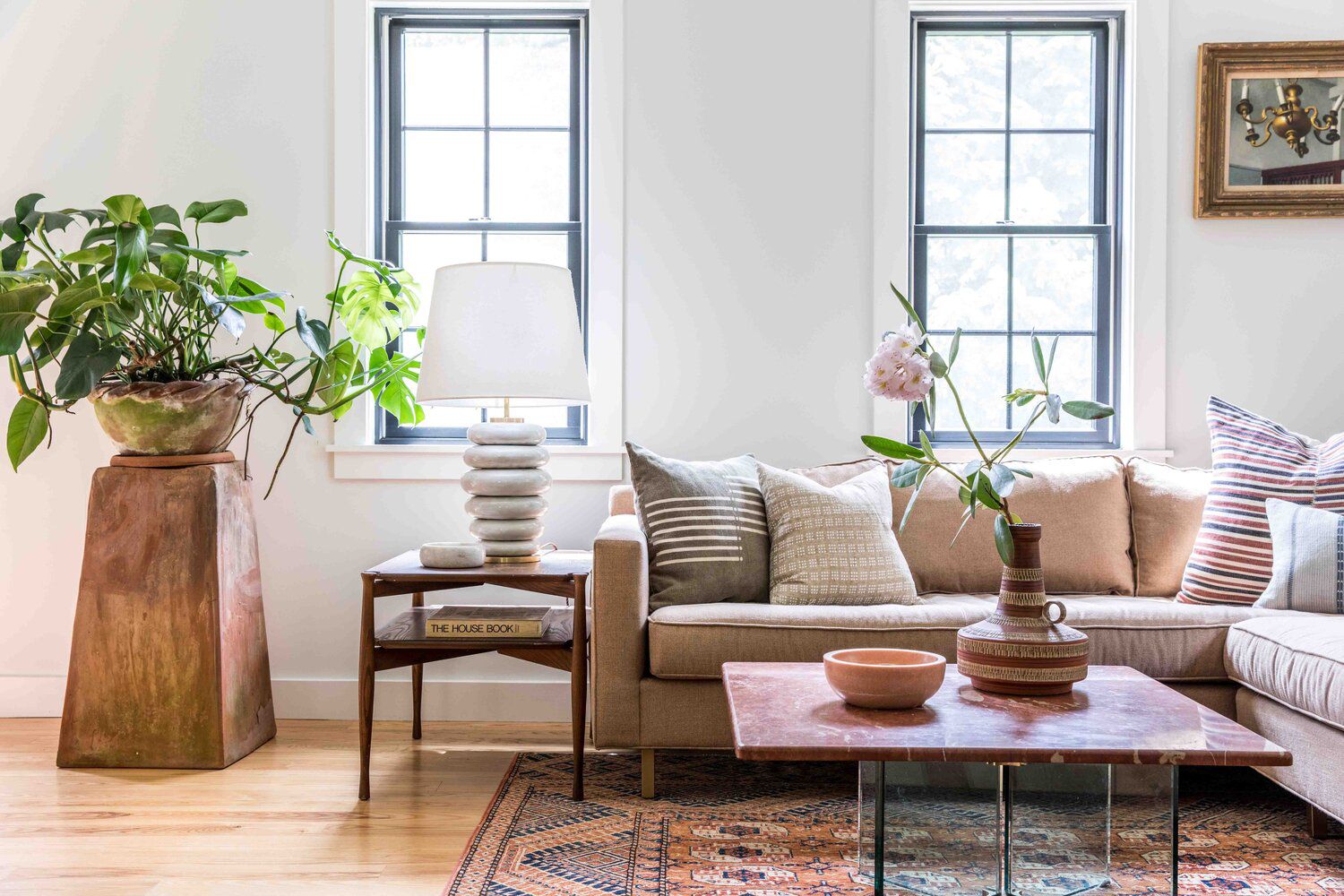
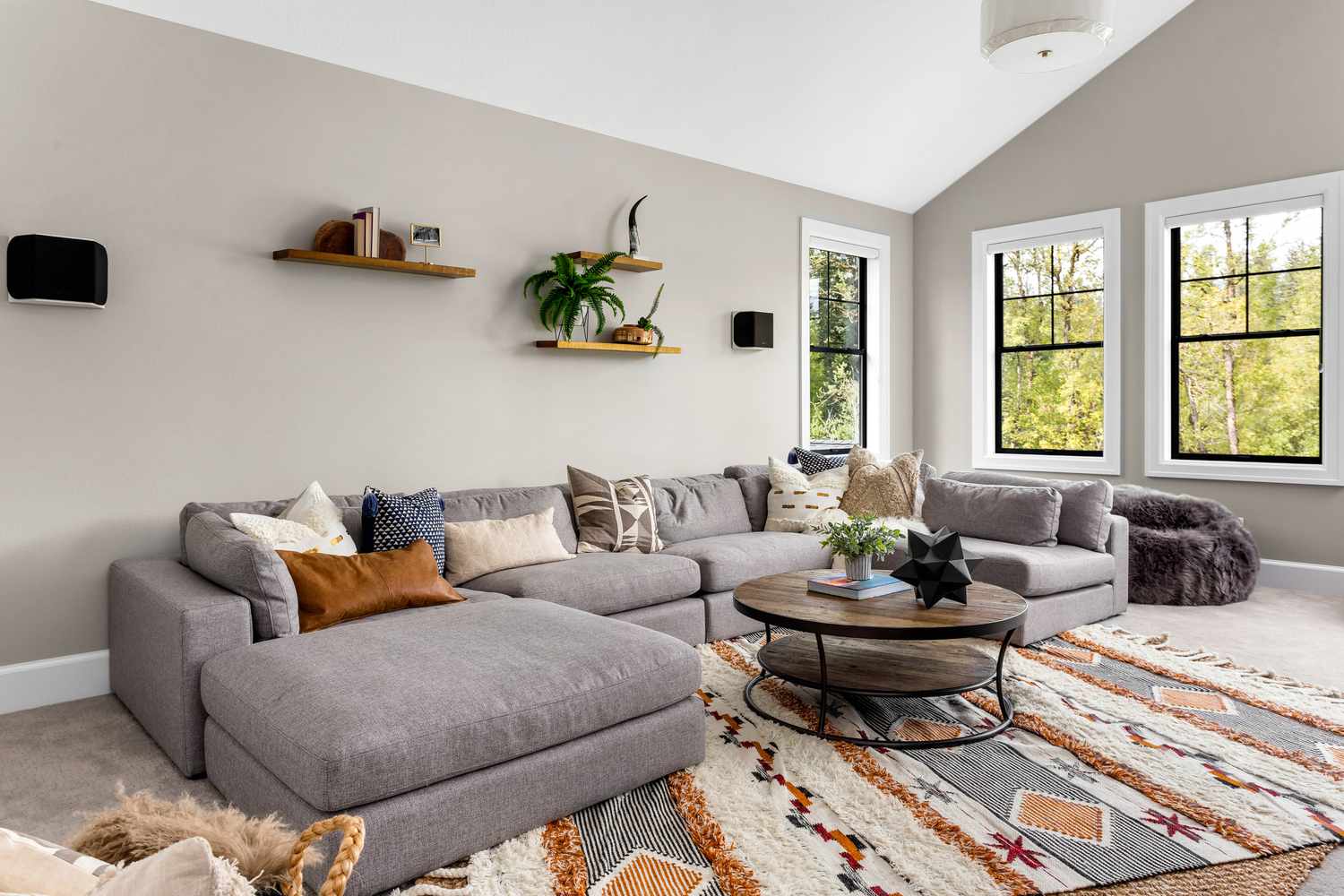


0 thoughts on “How To Choose A Living Room Rug”